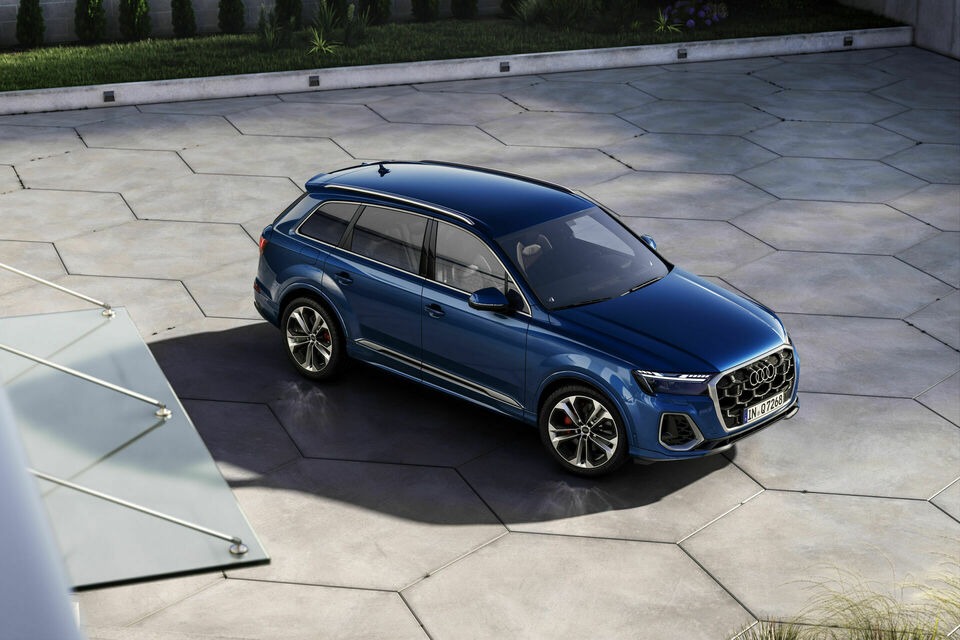
Introduction: Audi Lease Deals Landscape Navigation.
The decision of whether to finance or lease an Audi is mostly driven by factors other than monthly costs. It’s a journey through a landscape of options, each with its own advantages. Audi lease deals promise reduced monthly payments and periodically a new car. However, financing generally supports eventual ownership, which comes with a feeling of permanence and longevity. This choice affects not just your financial planning but also how you drive for the next few years.
Lease Lowdown: Unravelling the Lease Labyrinth
Leasing an Audi opens up a world of possibilities. Imagine this: You don’t feel the weight of the expensive purchase price on your wallet while you cruise around in that stylish new Audi. With a lease, you merely hire the vehicle for the duration of the agreement, which can range from two or four years. After the lease expires, you can decide to: return the vehicle, lease a different one, or in certain situations, buy the leased car for an established price. Leasing also has the benefit of lower repair expenses because the car is typically still covered by warranty.
Finance Fundamentals: Ownership Odyssey
Let us now turn our attention to finance. In this case, complete ownership is the final aim, but the journey is longer. The Audi is owned, so your monthly payments will pay for both the principal and interest. When the loan period ends, usually after five to seven years, the vehicle is entirely yours. For those that grow attached to their vehicles and enjoy having the freedom to modify or drive them however they see fit, this road is perfect.
Cost Calculations: Crunching the Numbers
Leasing, especially when talking about costs, sometimes looks less intimidating because of lower monthly payments. But it is important to look at the future. Leasing can lead to a never-ending spiral of payments. On the other hand, financing may look like an expensive option to start with but once paid off, you are not bound by monthly payments. The cost of ownership may be higher when financing, but this leads to ownership.
Flexibility vs.Freedom: Weighing the Options
Leasing shines in flexibility. Do you fancy a change every few years? Leasing is your ally. Contrastingly, financing an Audi provides you with liberty to personalize, drive as many kilometres as you’d like and determine when to sell. It is a pledge to your car, but without the constraints of a lease. This decision has an important bearing on your capacity to modify the vehicle in accordance with life developments.
The Depreciation Dilemma: A Critical Consideration
One of the key factors that are often ignored is depreciation. With leasing, you do not need to worry about depreciation. You are not directly affected by the future value of the car. On the other hand, financing involves you in some way because of the car’s declining value, which matters even more if you plan to resell. Knowing how depreciation affects your financial standing is critical in making a solid decision.
Final Verdict: Customizing the Decision to Your Lifestyle
In the end, it depends on your lifestyle and finances. Leasing is the ideal arrangement for those who enjoy new models and hate hassles. Meanwhile, financing is the way for people who see their car as a lifelong friend. It is about evaluating your priorities, whether it’s the excitement of new technology or the safety of ownership.
Conclusion: Your Way to the Best Choice
Whatever choice you make between Audi lease deal and financing, both roads take passengers to the pleasures of driving a luxury car. It boils down to what matters most to you: the thrill of a new model or happiness of ownership.












